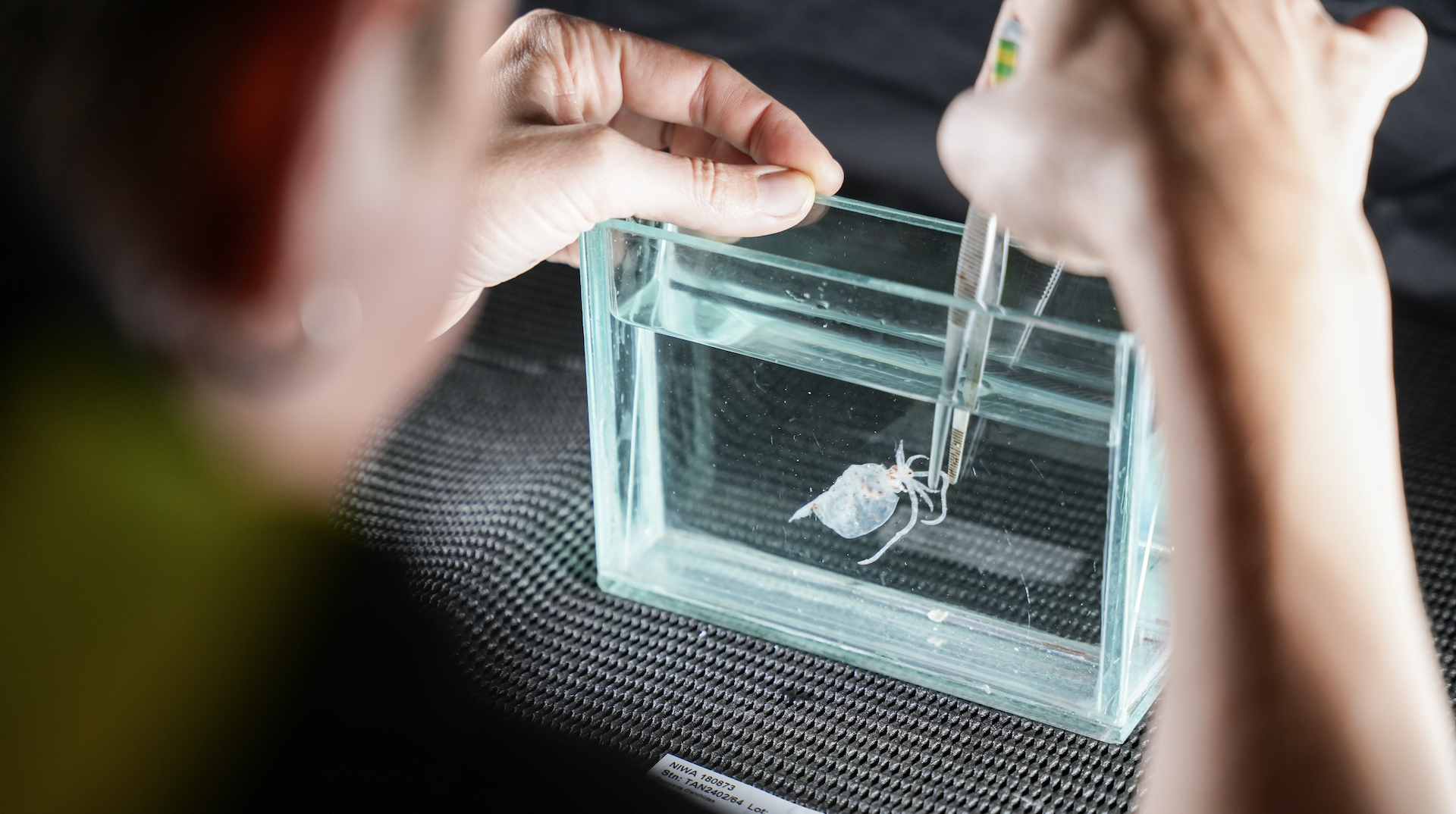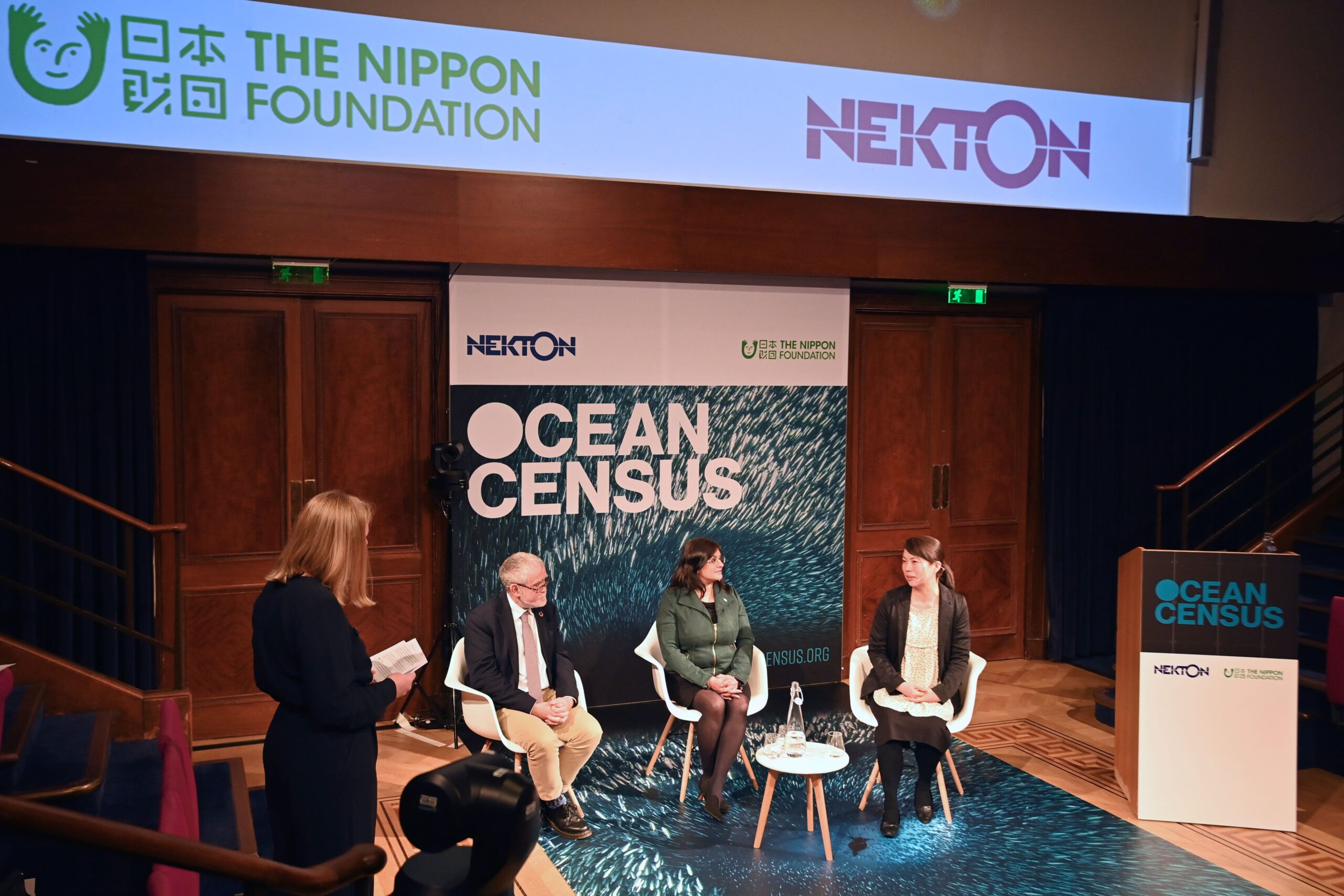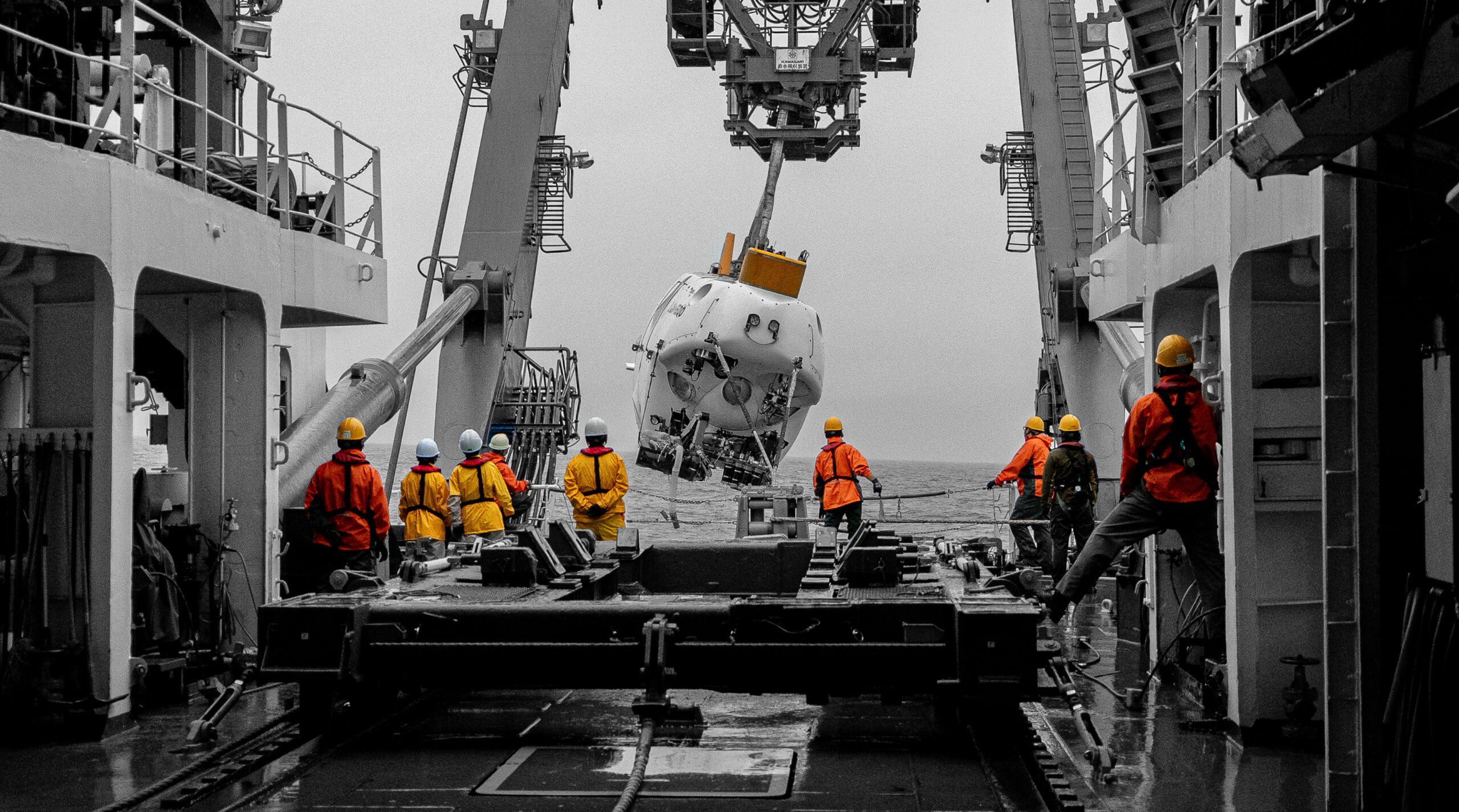

Arctic Deep – Dive Site: The Jøtul Field
Arctic Deep Dive Site
Unveiled in July 2022, this field offers a fascinating look into the dynamic relationship between geological forces and deep-sea ecosystems.
Named after the Norse mythological giants, the Jøtuls, symbols of primal natural forces such as frost, fire, and rock, the field aptly reflects the powerful elemental processes at play beneath the Arctic Ocean.
Geological Background
The discovery of the Jøtul Field during the R/V Maria S. Merian expedition, led by Gerhard Bohrmann and his team from the University of Bremen, represents a significant advancement in marine geology. Unlike typical hydrothermal fields aligned with volcanic activity, the Jøtul vents are positioned 5 km east of the crest of the nearby Brøgger Axial Volcanic Ridge. This unusual location suggests a complex interplay of tectonic and magmatic activities, providing an exceptional natural laboratory for studying the interactions that drive biological colonization in ultraslow-spreading ridge environments.
The Jøtul Field features a range of fluid escape structures, including black smoker vents that emit fluids exceeding 300°C, and shimmering vents that release cooler, clear fluids. These vents are crucial not only for their thermal activity but also for the rich mineral deposits they create and the unique chemosynthetic communities they sustain.
Biological Significance
The Jøtul Hydrothermal Field is ecologically important for its diverse habitats and the specialized life forms they support. The vents serve as havens for species adapted to high-temperature environments, including tube worms, clams, and microbial mats. These organisms engage in symbiotic relationships with chemosynthetic bacteria, which convert mineral-rich fluids into organic matter, establishing a unique food web independent of sunlight. These vents also influence the chemical makeup of surrounding waters and contribute to the global carbon cycle, particularly through the sequestration of carbon dioxide.
As the Arctic Deep expedition progresses, the Ocean Census team is cataloguing new species associated with these geological features, continuously uncovering the secrets of one of Earth’s least understood landscapes. Each dive brings us closer to understanding the complex life and systems thriving in these extreme environments, propelled by the pioneering work of the University of Bremen team and their collaborators.

References:
Check out our previous Dive Site: The Knipovich Ridge.
Find out more about the Ocean Census Arctic Deep Expedition.
Image Credits: Ocean Census (The images in the Image Slider are awaiting ID)







Related News
Join the census
An Alliance of scientists, governments, marine research institutes, museums, philanthropy, technology, media and civil society partners.


































